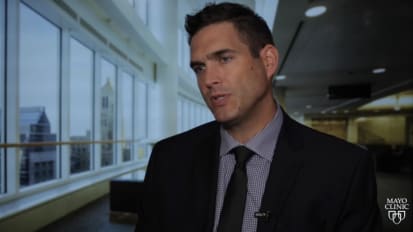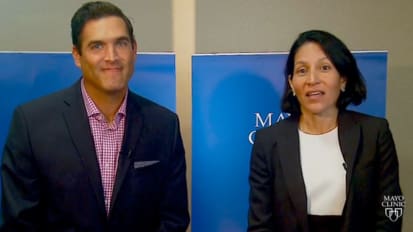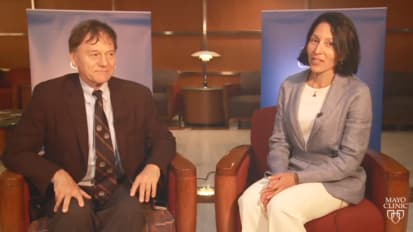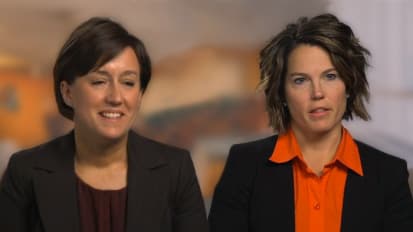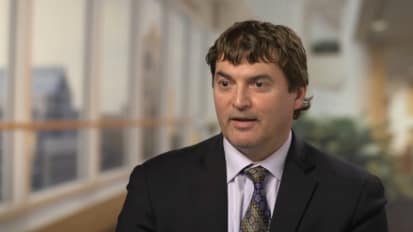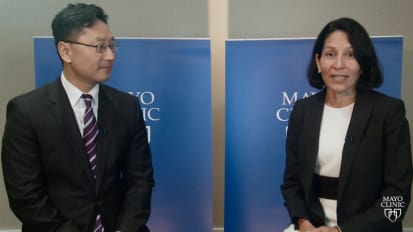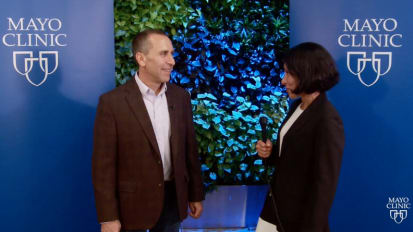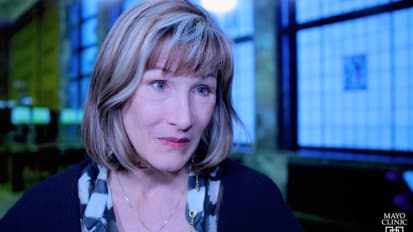CARMEN TERZIC: We are at the Fourth Annual Symposium of Regenerative Medicine, here at Rochester, Minnesota, Mayo clinic, and are joined by Dr Martin Childers. He's a professor of rehabilitation medicine at the University of Washington, and he gave a wonderful and very excited presentation, this morning, that is going to bring hope to many of our patients with muscle disease. And specifically he talked about the new approach with gene therapy to cure these disease. And I will leave him now to give us a summary of this wonderful present and the future.
MARTIN CHILDERS: Oh sure. Yeah. Thank you for that. That's very kind of you.
So this started almost by accident, in 2009, when I was introduced to a wonderful mother of a child with a rare disease, called myotubular myopathy. It's a very rare disease that affects one in 50,000 baby boys, born every year in the US. And in 2009, nine, Alison Frase, that's her name, contacted me about potentially finding a dog, that might have this disease, and would I be interested, And at the time, I'd been working in regenerative medicine, for a period of time, working with dogs as a potential model. And I said, sure.
She was able to find and locate a dog, that carried a very rare mutation that was responsible for this disease in canines. And through a series of interesting events, collaborators in France were provided us with a medicine, it was a gene replacement medicine that allowed us to test this, for the first time, in these dogs that had this rare disease.
And what we found was that, after just a few weeks, the dogs that were destined to perish, to die, from a muscle weakness and respiratory weakness, completely recovered. And it was a watershed moment for us, in the field, and because this had never been seen before.
So fast forward now, to 2015, and we've now had the opportunity, working with a biotech company, with the NIH, and with the MDA to replicate this finding in a larger number of animals, and to find a dose that is effective and is-- could almost say curative in this dog model of disease. So the hope now is to translate this into patients myotubular myopathy.
So that's on the horizon. We hope that this will happen next year, in 2016. And we're excited, because this is the first real hope, I think, for these patients with a rare and devastating neuromuscular disease.
CARMEN TERZIC: OK. This is the Fourth Annual Symposium of Regenerative Medicine, and we were joined by Dr Childers. And this is Carmen Terzic. Thank you.

